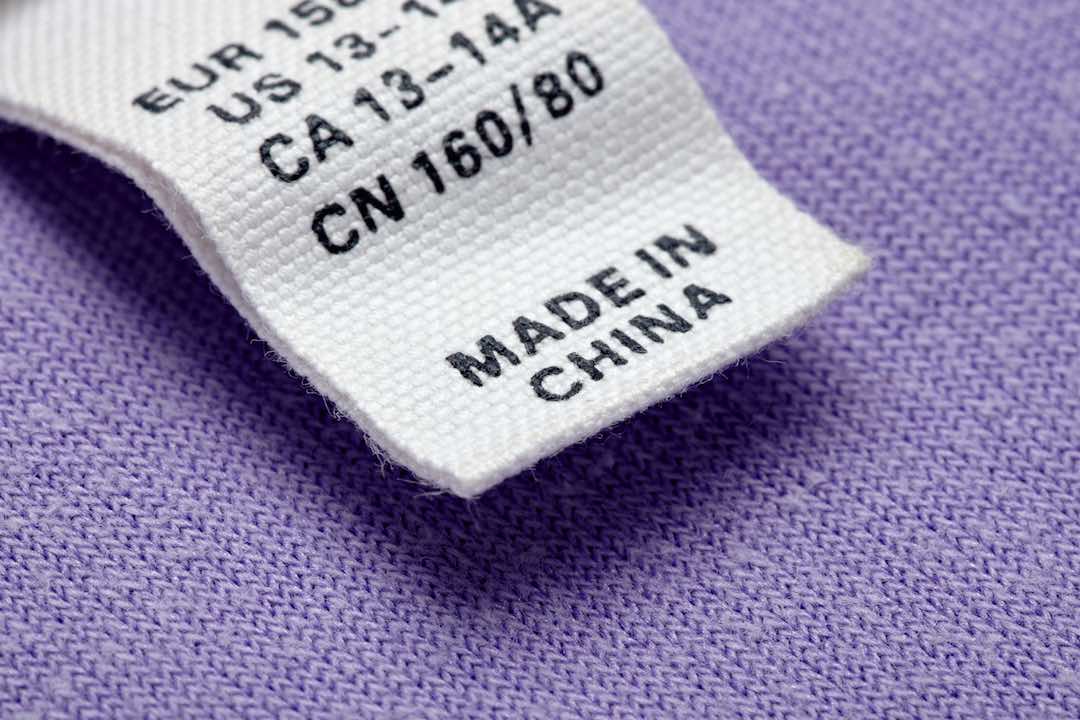![shutterstock_69807793[1]](https://consumerbrandbuilders.com/wp-content/uploads/2015/10/shutterstock_698077931-300x200.jpg) When your brand is new, you may be disappointed by the performance of brokers, distributers, jobbers and retailers in the handling and merchandising of your branded products. We were! In fact we were in denial for months. You know that river in Egypt? We were drowning in it.
When your brand is new, you may be disappointed by the performance of brokers, distributers, jobbers and retailers in the handling and merchandising of your branded products. We were! In fact we were in denial for months. You know that river in Egypt? We were drowning in it.
Finally we realized that we had to do “their” job, or at least check their work. If we were interested, they were interested. We had to check the pricing regularly to make sure it was correct. One out of 10 times it wasn’t. And that would slow or stop sales in that particular store. When our product had slow sales, we learned to ask ourselves a few questions: Was it in the back room and never made it to the shelf? Was the wrong product delivered? Did our product sell out and not get replaced? Did the distributer’s salesperson gain the ire of the buyer for one reason or another? Did the retailer not pay his bill resulting in having to pay for his deliveries C.O.D.? And a few dozen other questions why our product wasn’t scanning through the checkout register.
If for any reason sales were slow, the store buyer would tell the distributer, and the distributer would tell us, “Your brand just isn’t selling!” This is a message many brand builders buy into. They figure everybody is doing their job and you can’t win them all. Some stores apparently just can’t sell their brand, they think. But when we investigated, we found a myriad of sales stoppers that had nothing to do with our package, product, branding, message, quality, or wholesale price.
We faced two challenges:
- How to do the other guy’s job without irritating him and getting fatal pushback.
- How to finance the unbudgeted and unexpected merchandising and “police” work that was required to keep our product moving, keep our brand alive, and gain the reputation of a fast mover.
We developed a lot of strategies for the first one, like “We want to help you,” and “Do you mind if I check on our products?” But it was the second one, the financing part, which really slowed us down. We couldn’t afford to “put a cop on every corner.” And it hurt even more because we didn’t think that we should need one!
That’s probably a contributing factor in why early stage brand builders don’t want to look at this issue. It would mean that their assumptions about who was going to do what were wrong. In the early days, before your brand achieves critical mass, nobody really cares as much about merchandising as you. The distribution channel has never seen it before, has no history of it selling, and is more concerned with the known brands that are paying their bills. This is a hard pill to swallow for brand builders especially if they have spent heavily on product and branding. Their focus studies have convinced them that their price, package and positioning was right, and it may well be. But those were not the reasons your product was a slow seller.
This is why we repeatedly see aspiring brand builders grossly underestimating the cost of sales, the largest part during the startup phase when you physically have to get out there, roll up your sleeves, and do the other guy’s job – with a smile on your face! In our case we underestimated the true cost of sales by a factor of 4. Within the first few years we realized we had to do the nitty gritty work or watch our new brand die from excuses we could have fixed. Eventually, we did the work that saved the brand!

